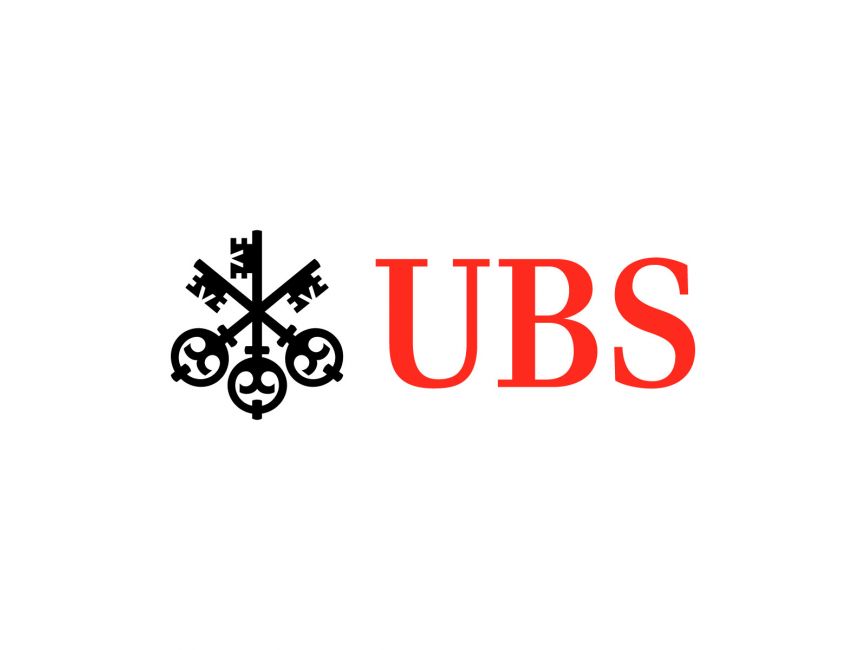UBS announced last week a new fund on the ESG front,
the UBS S&P 500 ESG ETF (5ESG)
, which it says offers investors exposure to the S&P 500 while screening for companies that score poorly on ESG criteria or are tobacco or controversial weapons producers.
Clemens Reuter, head of ETF and passive investment specialists at UBS AM, said: “This new product is the result of close collaboration between UBS AM and SPDJI. 5ESG offers investors a core ESG exposure based on the largest and most important equity index globally.”
Following the launch, we asked the Product Panel to take a look at the constituents of the ETF and judge what its appeal might be to investors looking to gain exposure to the S&P 500 with an ESG tilt.
Peter Sleep, 7IM
UBS adds to its successful range of responsible ETFs with an S&P 500 ESG ETF which will sit alongside the UBS MSCI USA SRI ETF. Not being an ESG expert, I will summarise the difference with my product manager hat on.
The ESG ETF has tracking error of 0.8% (to the S&P 500 and the MSCI USA, it doesn’t matter which) whereas the SRI index has tracking error of about 2%. UBS, having won over the eco-warriors with the SRI ETF, are now targeting the more timid, light greens with this new ETF. The index methodology is quite complex but has the usual exclusions like tobacco and it also bumps out the worst in sector companies to whittle the S&P 500 down to around 300 companies. With the exclusions I guess the idea is to force the low scoring companies to alter their ways by raising their cost of capital. Unfortunately this effort is diluted by the different methodologies.
The ESG ETF over-weights Apple and Exxon for instance whereas the SRI ETF excludes these two companies. The ESG ETF excludes Home Depot whereas the SRI ETF over-weights it. Without consistency, the good intentions of responsible investing are nullified. Responsible investing is relatively young and I hope UBS and the index providers up their game and that these differences are ironed out in due course to have the maximum impact.
Nicolas Rabener, Factor Research
Another day, another ESG-focused ETF launch it seems. In this case, UBS AM is issuing an ESG-compliant version of the iconic S&P 500 at 0.12% for USD investors and 0.22% for other currencies. Although these fees are slightly higher than for a plain S&P 500 ETF, fees at these levels are marginal.
More important are the following two questions. First, is there a cost for holding stocks that rank high on ESG metrics? These companies need to focus on all stakeholders, not only shareholders. More research is required. Secondly, if investors want to consider ESG products, why invest in an ETF like the one from UBS that seeks to limit the tracking error to 100 bps? The limit raises questions on portfolio construction and will not maximize the ESG exposure.
Rumi Mahmood, Nutmeg
The product presents a good entry route for investors who want to gradually invest in US equities more sustainably, without having to face stringent exclusions. A total of 25% by market capitalisation is ESG screened out of the S&P 500 index through a qualitative (value based) and quantitative (ratings and scores) based approach.
The ESG screened index enables investors to access this equity exposure while controlling for specific ESG issues, excluding stocks involved in controversial business activities or ones that do not comply with the UN Global Compact. Furthermore, companies are further screened out to include best ESG performers without adversely impacting the overall exposure. Sector neutrality is maintained, the top holdings are similar to the S&P 500.
While the pricing is relatively competitive at 12 bps, iShares recently launched a similar light ESG range at 7 bps. From a trading perspective, high correlation with the S&P 500 should ensure that market makers are able to price the product competitively.”
Henry Cobbe, Elston Consulting
ESG is moving from niche to mainstream. That is part of a generational shift. Innovation in this space and competitive pricing is therefore very welcome. There are very different degrees of exclusion/inclusion criteria for each ESG index, so a clear understanding of the screening process used and how final composition compares to other ESG options is essential. Always look under the bonnet.



